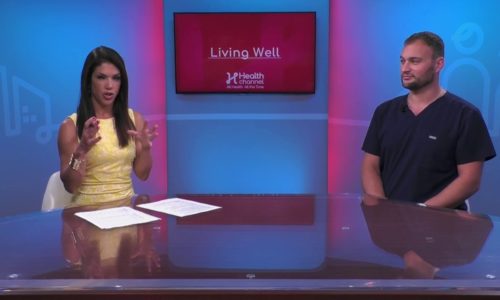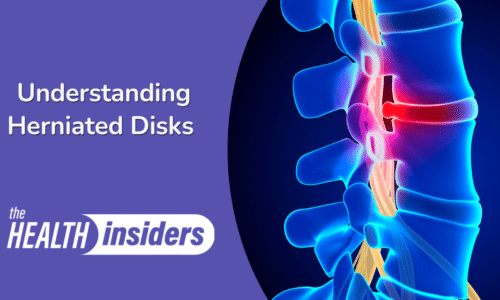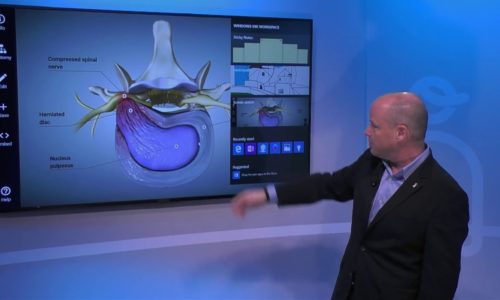Anatomy of the Cervical Spine |
With a 3-D imaging, Dr. Jose Mena, Interventional Spine Specialist with Miami Orthopedics & Sports Medicine Institute, explains anatomy of the cervical spine.
He describes cervical cord, joints, vertebrae and nerves. The doctor says these can be injured by falls, car accidents or a lot of pressure over them.
The most common symptoms of neck pain are pain in the neck, along the arm, headache, muscles weakness and difficult to walk, the specialist explains.
Transcript
We have a 3d image here to help you get a better understanding here okay so dr. what are we looking at right here oh we’re here we’re looking at the cervical spine we’re looking from the side view so obviously we have their jaw over here the back of the neck will be towards the left side of the of the image so in between we have this column here called the cervical spine in between we have the spinal cord okay we have the bones which are called a bird or us and then towards the back over here we have the joints that we’re referring to from here from those holes are called the foramen that’s where the nerve are coming out from what we’re seeing on this image will be what we develop when people have a whiplash injury from from a car accident or a slip and fall so I want to kind of go like this and normally as you can see you compress if the front elements or the the elements in the front of the of the neck and then you also distract or put some decompress the elements in and the back portion of the of the neck so those things that they can get injured so you’re putting some strain on some lemons and you’re causing some reduction with some motor elements and there that’s not the way that they are supposed to be intended to be so dr. mana what are some of the common neck pain symptoms and what causes them most of the common neck symptoms people they develop obviously pain in the neck if there’s a nerve that is being involved sometimes people might have it going at no arms along with numbness and or tingling some people might have a refer pain to the head we call cervical genic headaches or headaches coming out from the cervical spine and it becomes severe enough that you have the spinal cord so the spinal cord spinal cord can get compressed and you can have overall muscle weakness or difficulty with walking bowel and bladder ok-hee versus cold initially normally when someone has an acute injury 48 during the first 48 hours normally we recommend icing and after 48 hours or 2 days normally we start recommending ice or he depending on what’s better for the patient people prefer heat some people prefer ice so water is best you








